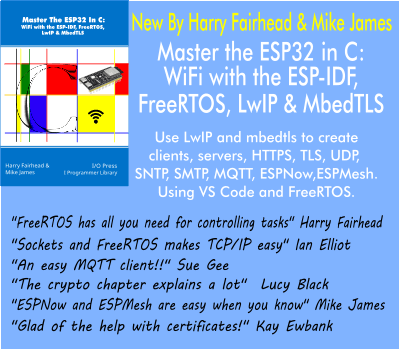| Google And Intrinsic Develop RoboBallet |
| Written by Lucy Black |
| Sunday, 07 September 2025 |
|
A joint team from Google DeepMind Robotics, Intrinsic, and University College London has published research showing an AI model that uses reinforcement learning and graph neural networks (GNNs) to control multiple robots in shared workspaces. Titled RoboBallet, the research used AI to avoid collisions between multiple robots moving in a shared space. Google Deepmind Robotics is part of the Google Deepmind subsidiary, and is a team of scientists, engineers, ethicists and more, working to build the next generation of AI systems. Google DeepMind is an artificial intelligence research laboratory founded in the UK and acquired by Google and merged with Google AI's Google Brain division.
Intrinsic is a spin off from Alphabet's X “moonshot factory” with the aim of improving industrial robots. The company acquired the Open Source Robotics Corp, the for-profit arm of the Open Source Robotics Foundation. OSRF is the organization behind the Robot Operating System (ROS). This new research tackles one of the most persistent challenges in robotics: the collision-free coordination and collaboration of multiple robots performing numerous tasks in shared, complex workspaces. The problem has historically been very difficult to solve at real-world scale. Programming industrial robots is a major undertaking in terms of time and effort, and training often involves too much trial and error. The more robots are in a shared space, the greater the complexity. Previous methods that have used rule-based or sampling-based algorithms are fine for one or few robots at a time, but fall apart when you add in more robots. The team have instead used an AI model with a corresponding reinforcement-learning approach. This trains an AI agent to find a holistically optimized solution for robot motion trajectories, This lets robots learn highly optimized paths and task sequences through trial and error, using just CAD files and minimal descriptions of the tasks. The model is based on Graph Neural Networks (GNNs) that act as specialized models for robot motion and trajectory planning. In GNNs, complex environments are represented as graphs, with nodes for entities such as robots, tasks, and obstacles. The graph edges signify knowledge of how nodes interact. Torsten Kroeger, Chief Science Officer at Intrinsic, said that by using reinforcement learning to train an AI agent in the form of a GNN on millions of synthetically-generated scenes to plan robot motion, the model learns to navigate unseen environments and processes as if it were already trained to. Lead author of the paper Matthew Lai, Research Engineer at Google DeepMind Robotics said: “We developed an AI-based approach to solving this problem that uses a graph neural network trained using reinforcement learning, allowing, for the first time, automated task and motion planning at industrial scale with up to eight robots working together. Our solution is able to generate high quality robot motion plans in seconds, and allows human designers to focus on more creative and application-specific aspects of workcell design, and utilizing the AI system to complete the repetitive planning portion much faster." The model can be given a "bundle of tasks" to complete, and without any other instructions or interventions can autonomously generate efficient motion paths for each robot, including collision avoidance, in just a few seconds of inference. Because the model already has a detailed understanding of the relationships between nodes (robots, tasks, obstacles, parts), it can solve for ‘unseen’ scenarios just as efficiently and quickly. More InformationRelated ArticlesA World First For Humanoid Robots Wearable Robot Can Learn To Help Spot With AI - The New Robotics To be informed about new articles on I Programmer, sign up for our weekly newsletter, subscribe to the RSS feed and follow us on Twitter, Facebook or Linkedin.
Comments
or email your comment to: comments@i-programmer.info |
| Last Updated ( Sunday, 07 September 2025 ) |


